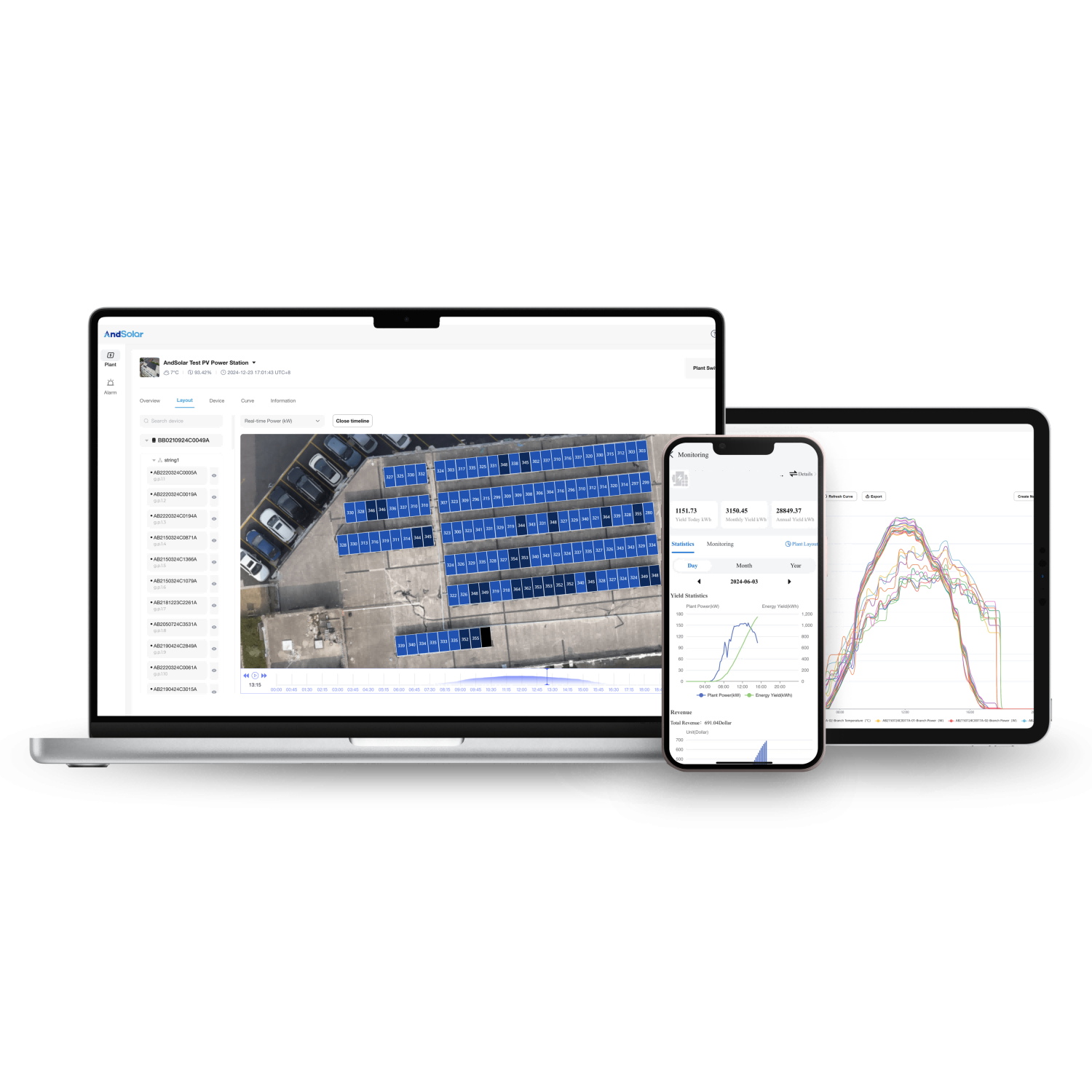Affordability
One of the most compelling aspects of solar module prices is their affordability. As production technologies advance and economies of scale take effect, the cost of solar modules has plummeted. This affordability extends the reach of solar power to a broader audience, enabling more homes and businesses to harness clean energy without breaking the bank. Lower prices also encourage faster adoption, speeding up the transition to renewable energy and fostering a more sustainable future.











